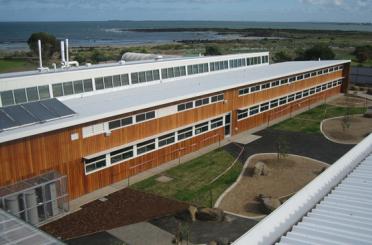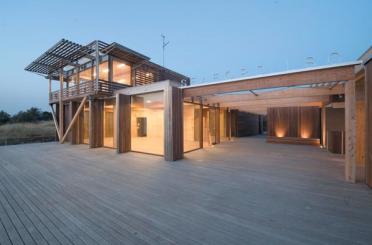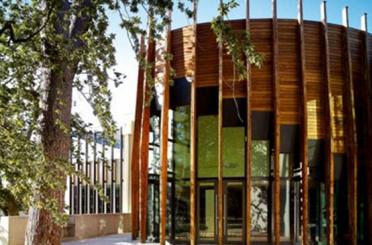Helsinki
Finland

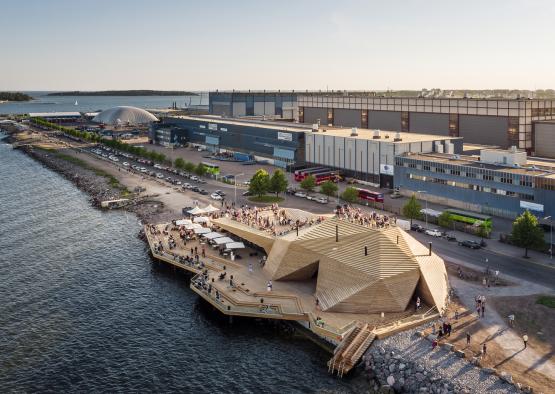
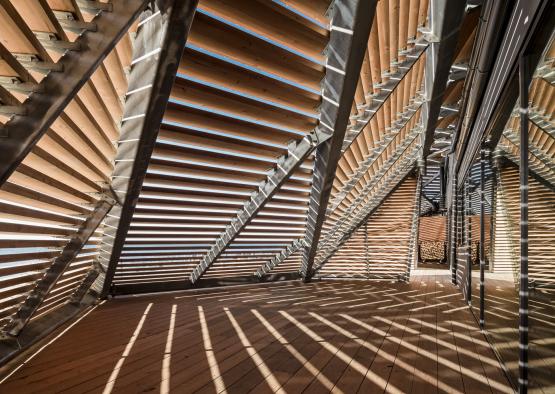
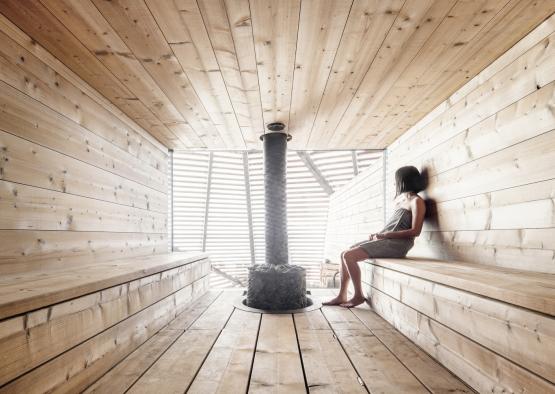

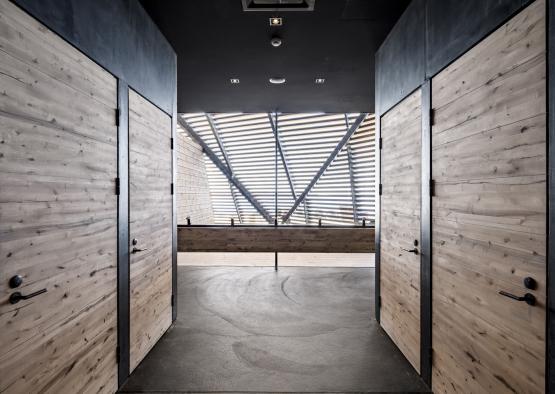
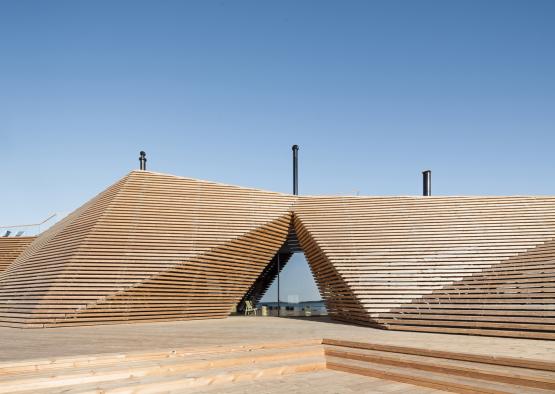
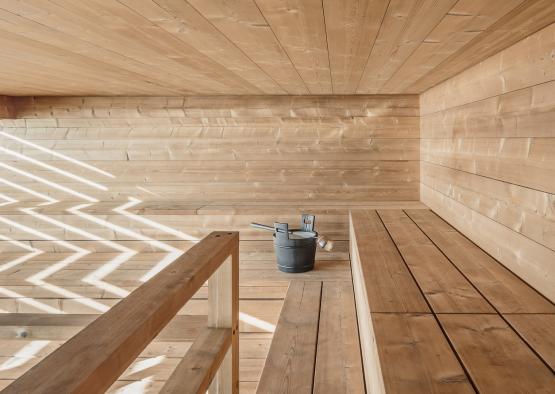

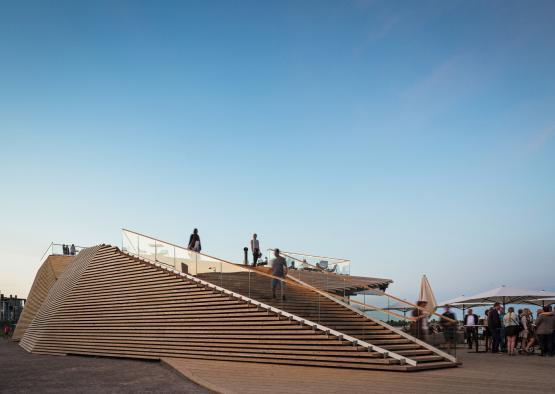
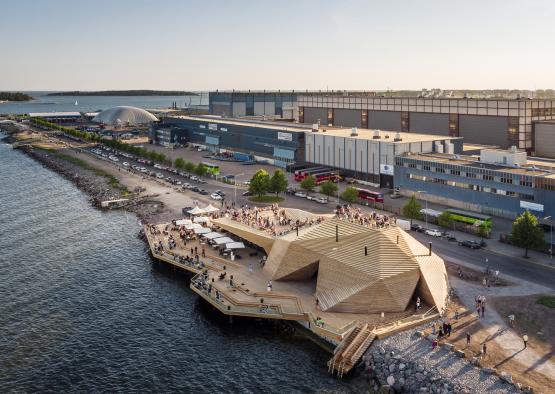
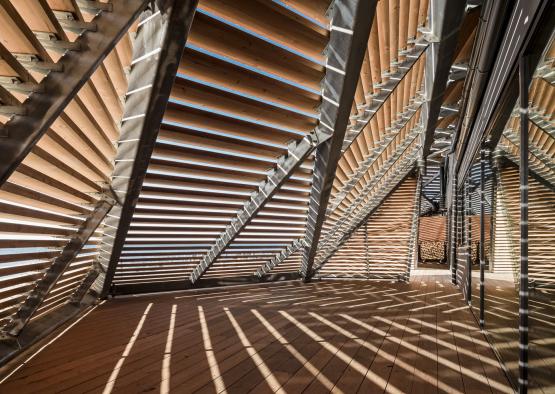
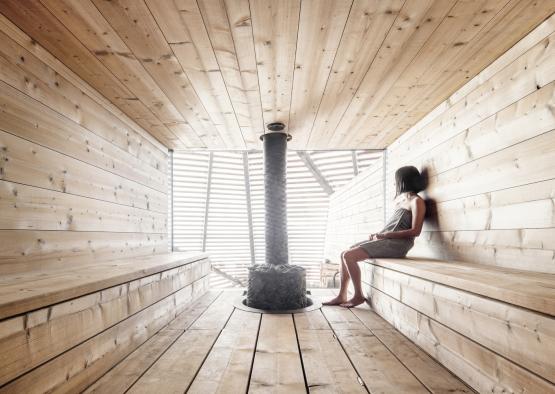
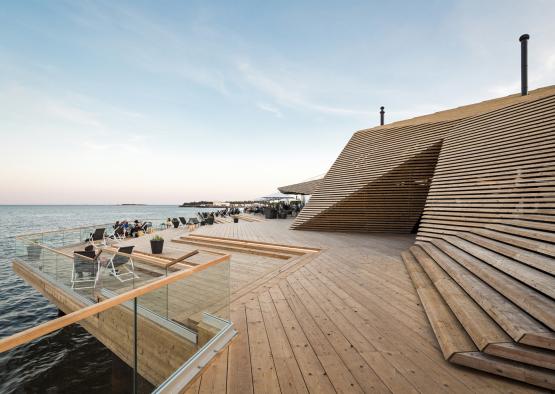

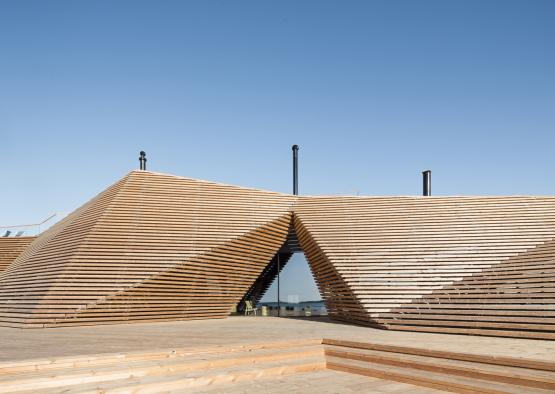
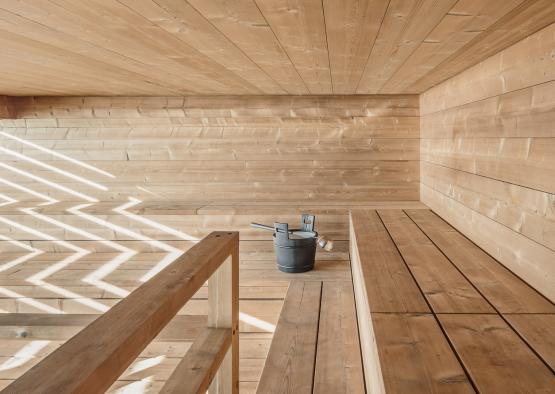
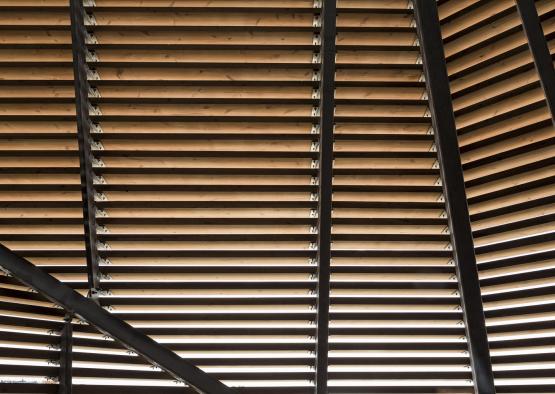
Overview
Löyly, a Finnish word that represents the steam that arises from throwing water on hot stones, is a new public sauna designed by Finnish firm Avanto Architects, in the nations capital Helsinki. The public sauna and restaurant complex is designed to revitalise the public sauna culture in Finland.
There are 3.3 million saunas in Finland - a nation of only 5.4 million residents. Public saunas were once dotted all over the country, but as most new residences have private saunas, the number of public ones has dropped. Löyly seeks to become a landmark for foreign visitors, offering a year round public sauna experience, which is a must do for tourists.
The site is located in the seashore location of Hernesaari, an industrial district that is slowly becoming more residential. The location is a hub for cruise ships, the passengers from which the Avanto seeks to attract with the sauna. Although it is an industrial zone, the area is only a couple of kilometres from the CBD.
60.1698557, 24.9383791
Structure
The structure is ingenious in its multi-functionality. It constantly jumps the line between simplicity and complexity. A simple rectangular box forms the internal structure that houses the saunas. Extensive glazing wraps the boxes in order to provide coastline views.
The external timber ‘cloak’ then satisfies many functions beyond its aesthetic beauty. 4000 timber planks were CNC cut to form the exterior shell. The Venetian-like arrangement of the planks allows sauna visitors to maintain their view out over the seashore, whilst providing ample privacy from surrounding viewers.
The cloak also forms a cooling zone between the outside space and sauna areas, allowing bathers a break from the steam. This cooling zone also creates shade for the interior glass box, dramatically reducing the energy requirements for heating and cooling of the sauna.
Terraces form in between the peaks of the geometry, proving roof spaces for visitors to take in their surroundings and relax in the atmosphere. The stepped nature of the buildings slats even means the cloak itself forms the stairs up to the terraces. The ground level terrace extends out from the sauna over the water, whilst the water trickles by below.
Unlike most public saunas in Finland, Löyly provides not only gender divided naked baths, but a unisex bathing zone that requires a bathing suit. This provides foreign visitors who aren’t used to naked bathing with something more comforting,and also allows visitors of different genders to bath together.
Three different types of saunas are available at Löyly, a ‘once-heated’ sauna, which is heated in the morning and stays warm throughout the day, a continuously heated sauna, and a rarely found traditional smoke heated sauna. They all provide different ‘löyly’ experiences all in the one complex. A fire place room and cold water basin zone provide alternative options to bathing, and an ‘avanto’ which is both a hole in the ice for swimming, and the architectural studios namesake, is located in the adjacent sea.
Interior
The interior of Löyly was designed by Joanna Lajisto Creative Studio. The design intention was to create a restaurant with an atmospheric quality that complimented the striking form of the complex and provide a narrative through to the sauna area.
Variations in the quality of space weave through the complex, which houses a restaurant as well as the sauna. The bright restaurant has quite a natural open spatiality that opens widely to the sea. A darker, atmospheric hallway leads visitors calmly down the buildings spine to the sauna area. Lajisto was challenged with the brief of providing intimate seating zones in an expansive open area with large windows. The solution was to divide the restaurant into two zones, with a raised bar area being the more public space, and the intimate dining setting being tucked away between a partition.
The interiors comprise a material palette of black concrete, birch wood, blackened steel, and wool. The birch wood used for the interiors is an innovative new Finnish product which uses pressed, glued and heat treated wood particles left over from the plywood industry to create a sustainable engineered wood product. Not only is it recyclable and eliminating of waste, but the process used to manufacture it creates a very light wood tone and high durability, which contrasts nicely with the otherwise blackened palette.

